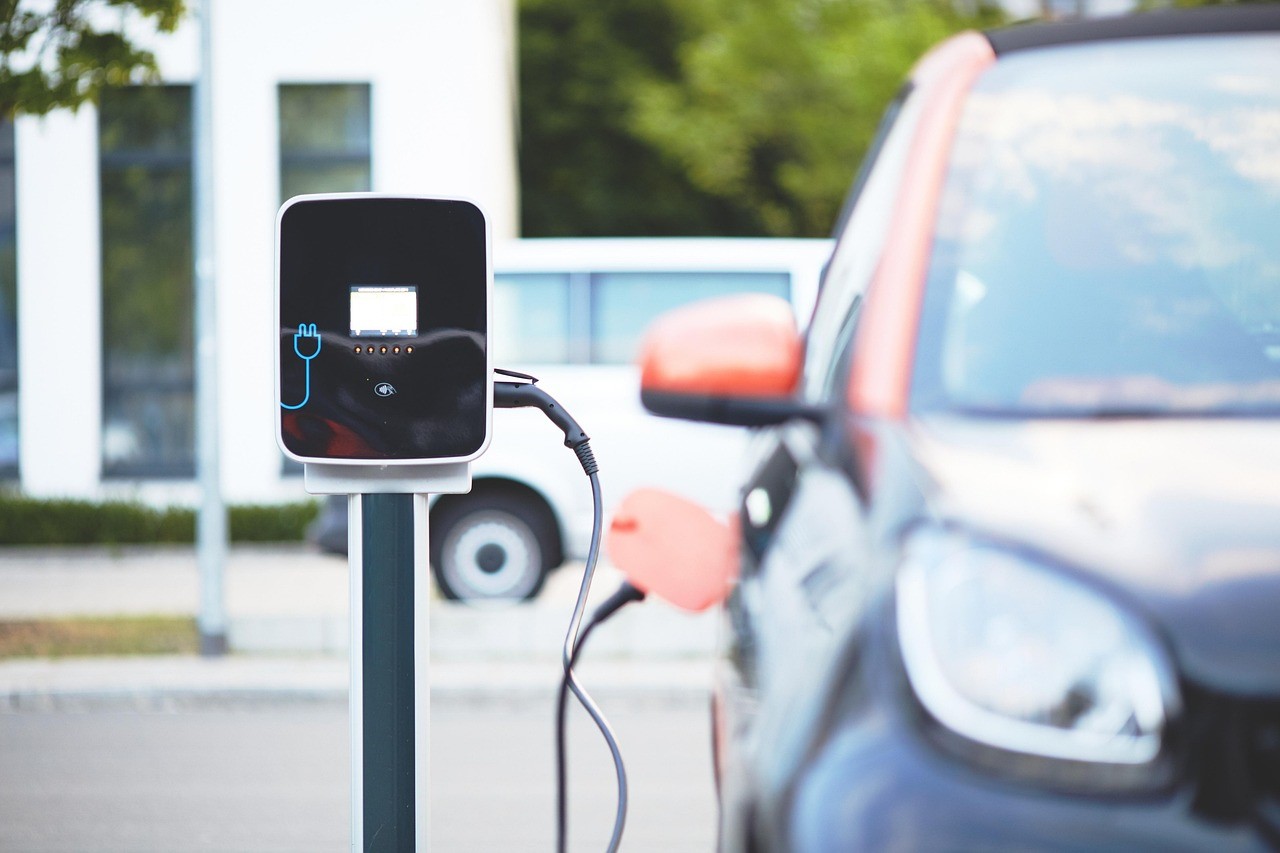As India works toward cleaner and more sustainable modes of transportation, one question that people seem to be grappling with is: Are electric vehicles in India the most beneficial option for consumers in the long term? In this article, we’ll cover the pros and cons, economics, infrastructure, and the outlook regarding electric vehicles to form a well-informed opinion.
Reason to believe electric vehicles make sense long-term
1. Lower Operating and Maintenance Expenditure
India still operates in a fragmented way when it comes to electric infrastructure; however, the adoption of electric vehicles is still a considerable investment. The charging infrastructure of EVs is remarkable when compared to traditional fuels.
In addition to that, with far fewer components, the maintenance of any electric vehicle is much simpler. Servicing an EV mainly involves checking and maintaining critical system components like tires and brakes. With electric vehicles, the need for oil changes and engine servicing is non-existent.
2. Subsidies and Policies Push
Along with direct purchase subsidies, reduction of GST, registration, and road fees, State and Central Governments have provided incentives in the form of reduced GST, registration, and road fees. Programs such as FAME II and the newly launched PM E-Drive Scheme provide massive upfront cost reduction alongside tax benefits, enabling renewed savings in the long run while cutting expenses.
3. Environmental Benefits
In the context of India’s pollution problems, the adoption of electric vehicles will help the country move towards its net-zero goals, contributing to cleaner air. With every electric vehicle adopted, the country’s carbon footprint is diminished, helping lessen the dependence on costly oil imports.
4. Energy Security and Price Protection
With electric vehicles charging mainly on domestically produced electricity, India is simultaneously working on increasing the use of renewable energy, ensuring energy price stability. In comparison to petrol a diesel vehicles, electricity is not susceptible to the volatile global market.
5. Battery Life and Reliability
Batteries for electric vehicles are not only getting cheaper, but are getting a much longer warranty period. With an average warranty of 150,000km and 8 years, the increasing battery longevity and user-friendly chemistry mean replacement will not be an issue for a decade.
Barriers to “Best Long-Term Option”
1. Upfront bCost
The cost of electric cars is augmented by 20% to 30% compared to ICE vehicles, even with the adoption of EV incentives. The enduring overall cost of ownership is not an enticing enough lure to the high upfront cost.
2. Limited Charging Infrastructure
Beyond metropolitan centers, the availability of electric vehicle public charging stations is quite limited. In addition to this, home charging stations are not feasible for quite a large part of the population, as on-street parking is absent.
3. Range and “Range Anxiety”
Although battery technology is improving—with many new EVs boasting a real-world range of 250-400 km—“range anxiety” remains a challenge, particularly for long-distance travelers. The earliest EV models were optimally designed for city commuting or used as a secondary vehicle.
4. Resale Value and Depreciation
Compared to petrol or diesel vehicles, electric cars have a considerably higher depreciation rate. Evolving technology, shifting consumer attitudes, and battery degradation contribute to greater unpredictability in resale value. Additionally, warranties are often voided for 2nd owners, which further increases the uncertainty.
5. Repair and Insurance Expenses
The costs of insurance and EV-specific repairs, particularly for battery replacement in the event of a collision, are, in some cases, exorbitantly pricey, surpassing the price of the vehicle itself.
6. Best Use Cases
Within the realm of short daily driving distances, easily accessible charging, and primarily urban commuting, EVs are a logical choice. For extensive highway driving or travel to remote regions, vehicles powered by internal combustion engines are still more practical, for the time being.
What does the future hold?
India’s government plans to promote electric mobility, aiming for 30% of private cars to be electric by 2030. In the coming decade, with rising investments in in-country battery production, charging stations, and emission norms, the practicality and value proposition for EVs will significantly improve.
Leading automotive companies are introducing budget-friendly EVs with extended ranges. Powering the public charger initiatives twill be state-sponsored infrastructure programs. Payment for charging stations will be eased further with the drop in battery stratospheric charging station expenses. More public charging stations near highways, along with faster public vehicle chargers, will be implemented.
Conclusion
Given the current infrastructure, the best way to go for EVs in India remains a long-term investment for consumers in need of charging conveniently in urban or suburban regions. A sustainable, low-cost EV holder will enjoy the perks of low running expenses with the ability to easily recharge. In the next decade, technology advancements will significantly improve EV policies, making them much more accessible.
On the other hand, long-distance commuters with higher cost barriers will still find internal combustion engine vehicles more user-friendly. EVs are more practical for the urban-working Indian families for now, offering them the chance to purchase an environmentally friendly second vehicle.
More and more Indian consumers will be able to economically justify switching to EVs, making the environmentally friendly move.
